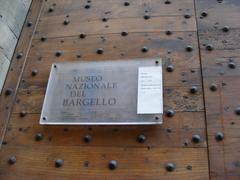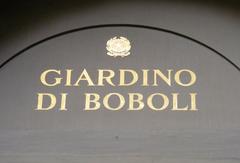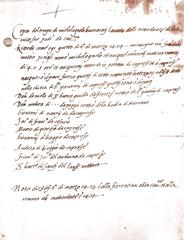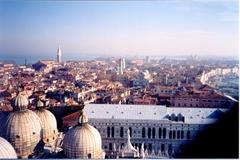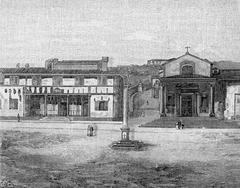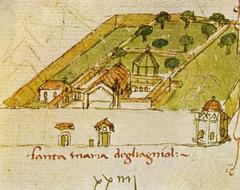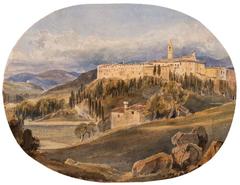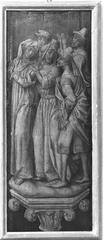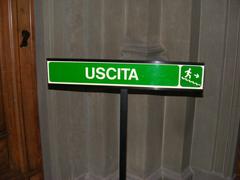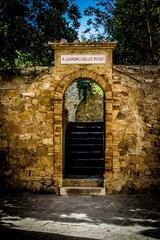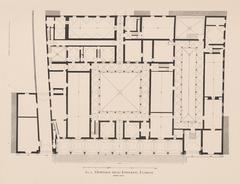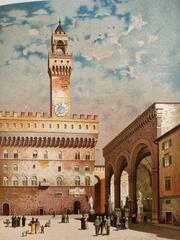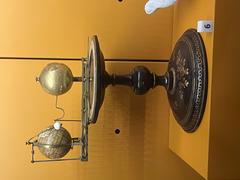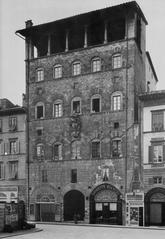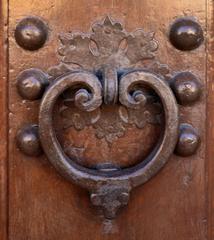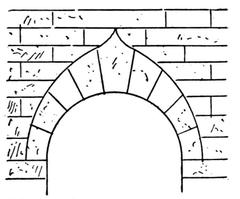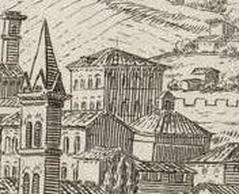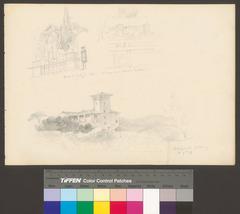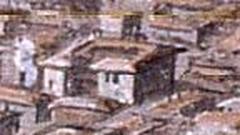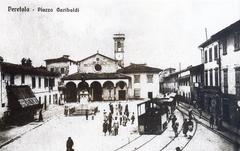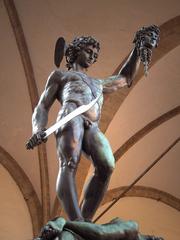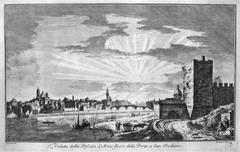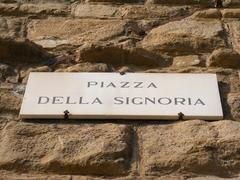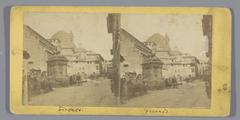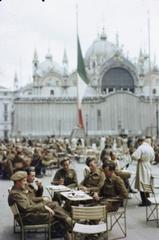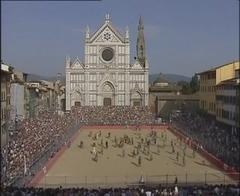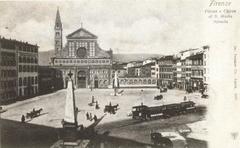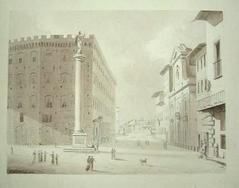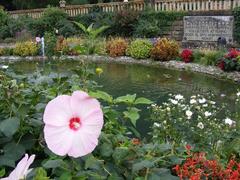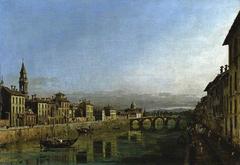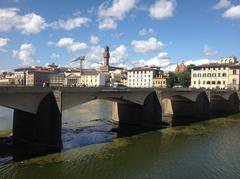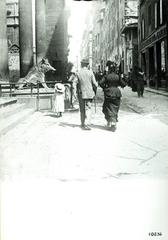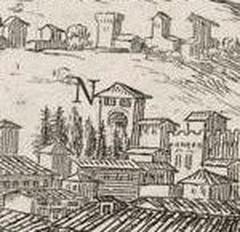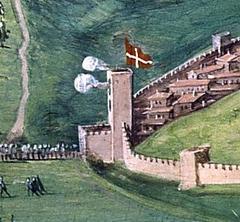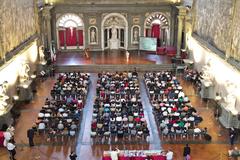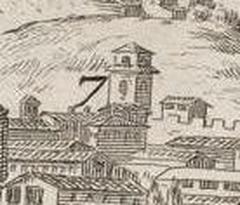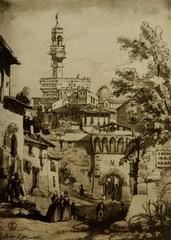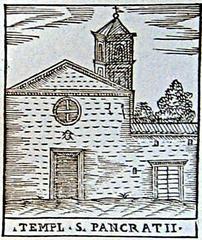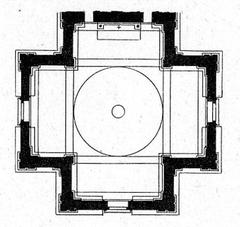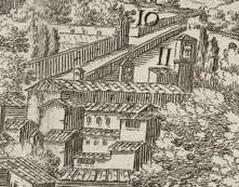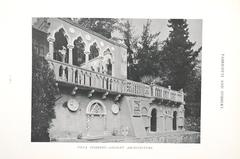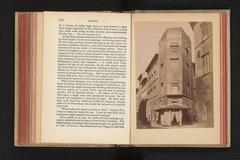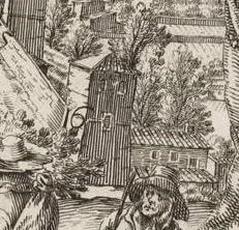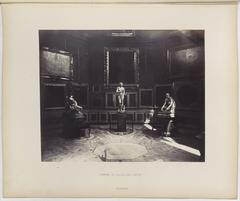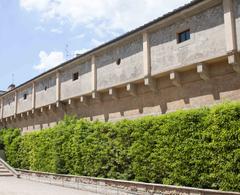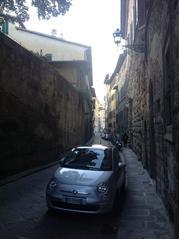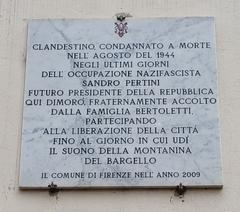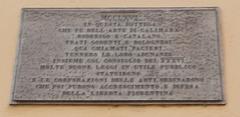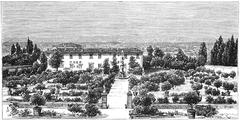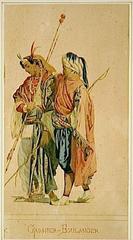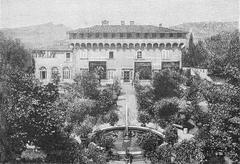Giardino Bardini: Visiting Hours, Tickets, and Historical Significance
Date: 18/07/2024
Introduction
Nestled on the picturesque hillside overlooking the Arno River, Giardino Bardini is a hidden gem in Florence that offers visitors a unique blend of breathtaking vistas, lush gardens, and rich historical significance. With origins dating back to the 13th century, this splendid Renaissance garden has evolved through various phases, reflecting the artistic and cultural heritage of Florence.
Initially established by the Mozzi family, who planted vineyards and orchards, the garden underwent significant Baroque transformations in the 17th century under the Capponi family. The early 20th century saw a revival led by the antique dealer Stefano Bardini, who infused the garden with his eclectic collection of statues and fountains. Today, Giardino Bardini is managed by the Fondazione Parco Bardini e Peyron, ensuring its preservation for future generations. Visitors are drawn to its panoramic views, formal Italian gardens, romantic English woods, and historical architecture. For more in-depth information, check out the Giardino Bardini Official Website.
Table of Contents
- [History and Significance of Giardino Bardini](#history-and-significance-of-giardino-bardinihistory-and-significance-of-giardino-bardini)
- [Early Beginnings and the Mozzi Family](#early-beginnings-and-the-mozzi-familyearly-beginnings-and-the-mozzi-family)
- [The Baroque Era and the Transformation of the Garden](#the-baroque-era-and-the-transformation-of-the-gardenthe-baroque-era-and-the-transformation-of-the-garden)
- [The Bardini Family and the Garden’s Revival](#the-bardini-family-and-the-gardens-revivalthe-bardini-family-and-the-gardens-revival)
- [A Legacy Preserved - Giardino Bardini Today](#a-legacy-preserved---giardino-bardini-todaya-legacy-preserved---giardino-bardini-today)
- [Significance of Giardino Bardini](#significance-of-giardino-bardinisignificance-of-giardino-bardini)
- [Visitor Information](#visitor-informationvisitor-information)
- [Visiting Hours](#visiting-hoursvisiting-hours)
- [Ticket Prices](#ticket-pricesticket-prices)
- [Travel Tips](#travel-tipstravel-tips)
- [Nearby Attractions](#nearby-attractionsnearby-attractions)
- [Accessibility](#accessibilityaccessibility)
- [Unique Features](#unique-featuresunique-features)
- [Special Events](#special-eventsspecial-events)
- [Guided Tours](#guided-toursguided-tours)
- [Photographic Spots](#photographic-spotsphotographic-spots)
- [FAQ](#faqfaq)
- [Conclusion](#conclusionconclusion)
History and Significance of Giardino Bardini
Early Beginnings and the Mozzi Family
The origins of Giardino Bardini can be traced back to the 13th century, with the first records mentioning the Mozzi family as the owners of the land. This powerful Florentine family, known for their involvement in banking and commerce, established the garden’s foundational elements. They planted the first vineyards and orchards, taking advantage of the fertile hillside slopes. The Mozzi family’s influence is still visible today in the garden’s layout, particularly in the lower section, which retains its original medieval structure.
The Baroque Era and the Transformation of the Garden
In the 17th century, the villa and gardens underwent a significant transformation under the ownership of the aristocratic Capponi family. Embracing the Baroque style, they expanded the garden, adding elaborate fountains, statues, and a scenic walkway known as the “viale segreto” (secret avenue). This period marked a shift towards a more ornamental and theatrical garden design, reflecting the prevailing artistic trends of the time.
The Bardini Family and the Garden’s Revival
After changing hands several times, the property was purchased by the antique dealer Stefano Bardini in the early 20th century. Bardini, a prominent figure in the art world, recognized the historical and aesthetic value of the neglected garden. He embarked on an ambitious restoration project, reviving the overgrown areas and incorporating his eclectic collection of statues, fountains, and architectural fragments. Bardini’s vision blended different historical styles, creating a unique and captivating atmosphere that continues to enchant visitors today.
A Legacy Preserved - Giardino Bardini Today
Following Stefano Bardini’s death, the garden was bequeathed to the city of Florence. Today, Giardino Bardini is managed by the Fondazione Parco Bardini e Peyron, a non-profit organization dedicated to preserving and promoting the garden’s cultural heritage. The foundation has undertaken extensive restoration efforts, ensuring the garden’s accessibility and preserving its historical integrity for generations to come.
Significance of Giardino Bardini
Giardino Bardini holds immense significance for its historical, artistic, and cultural value.
- Historical Significance: The garden’s evolution over centuries reflects the changing tastes and architectural trends of Florence. From its medieval origins to its Baroque transformation and eventual revival under Stefano Bardini, the garden serves as a living testament to the city’s rich past.
- Artistic Significance: Giardino Bardini is a testament to Italian garden design, showcasing elements from various periods. The garden’s layout, with its terraces, fountains, and sculptures, creates a harmonious blend of nature and art, offering a unique perspective on Florentine aesthetics.
- Cultural Significance: As a place of tranquility and beauty, Giardino Bardini has long been a source of inspiration for artists, writers, and poets. Its breathtaking views and serene atmosphere continue to captivate visitors, offering a peaceful escape from the bustling city.
Visitor Information
Visiting Hours
Giardino Bardini is open to visitors daily. The visiting hours vary by season, so it’s recommended to check the official website for the most up-to-date information.
Ticket Prices
Tickets to Giardino Bardini can be purchased at the entrance or online. Prices are €10 for adults, €5 for children aged 7-18, and free for children under 6. Discounts are available for students, seniors, and children.
Travel Tips
- Best Time to Visit: Spring and early summer are ideal for visiting due to the blooming flora.
- How to Get There: The garden is easily accessible by public transport or a short walk from the city center.
- What to Bring: Comfortable walking shoes, a camera for the stunning views, and water to stay hydrated.
Nearby Attractions
- Boboli Gardens: Another renowned garden nearby with extensive sculptures and landscaping.
- Pitti Palace: A grand Renaissance palace housing several important museums.
- Ponte Vecchio: The iconic medieval bridge over the Arno River.
Accessibility
Giardino Bardini is committed to accessibility, with paved paths and ramps that accommodate wheelchairs and strollers. However, some areas might be challenging due to the garden’s historic structure.
Unique Features
Special Events
The garden hosts various events throughout the year, including art exhibitions, concerts, and workshops. Check the official website for the event calendar.
Guided Tours
Guided tours are available and highly recommended to fully appreciate the garden’s rich history and artistic elements. Tours can be booked in advance.
Photographic Spots
Some of the best photographic spots include the panoramic terrace, the wisteria pergola, and the Baroque staircase, offering stunning views of Florence and the garden’s lush landscape.
FAQ
What are the visiting hours for Giardino Bardini? Visiting hours vary by season. Please check the official website for the most current schedule.
How much are tickets to Giardino Bardini? Ticket prices vary depending on age and residency status, with discounts available for students, seniors, and children. Tickets can be purchased at the entrance or online.
What are the best times to visit Giardino Bardini? Spring and early summer are ideal for visiting due to the blooming flora and pleasant weather.
Is Giardino Bardini wheelchair accessible? While many areas are accessible by paved paths, some sections have uneven terrain and stairs, which may limit access for strollers and wheelchairs.
Conclusion
Giardino Bardini stands as a symbol of Florence’s enduring legacy, offering visitors a glimpse into the city’s captivating past and a serene oasis amidst its vibrant present. Whether you’re exploring the Italian Garden’s symmetry, the English Woods’ naturalistic charm, or the Agricultural Park’s glimpse into rural Tuscany, Giardino Bardini offers something for everyone. Make sure to allocate ample time for your visit, bring a camera to capture the stunning views, and check for special events and guided tours to enhance your experience. Plan your visit to Giardino Bardini today and immerse yourself in the beauty and history of this Florentine treasure. For more details, visit the Giardino Bardini Official Website.
